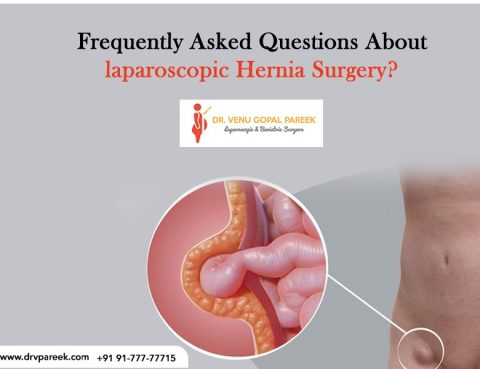
Hernias often recur even after surgery. To strengthen hernia repair and reduce the recurrence rate, many surgeons started using surgical meshes in 1980. Since then, mesh-based hernia repairs have been increased largely by 2000. Approximately 10% of groin hernias are repaired without mesh. Laparoscopic surgeons or urologists generally perform hernia surgeries and use surgical mesh…

The safe surgical practice has always revolved around preoperative evaluation and risk assessment, and due to the COVID19 pandemic, these efforts have become even more critical to patient safety. According to some studies, patients with Coronavirus disease who undergo surgery have worse clinical outcomes, higher complication rates and mortality. Experts say that surgery should be…

Laparoscopic hernia repair is a minimally invasive surgery that uses a laparoscope, a thin, telescope-like instrument, and some surgical tools that are used to repair the hernia. The incisions are smaller and are made in the lower abdomen. Now the laparoscope with a camera head is inserted into the abdomen through the incision to visualize…

It is quite surprising to know how frequently hernias occur!!! For example, the common inguinal hernia affects more than 27% of men and 3% of women who experience hernia problems. Typically, hernias require surgical procedures in most cases to fix them. Patients often wonder if they can exercise and do other physical activities after hearing…

Hernia recurrence occurs when the hernia comes back after hernia surgery. The mesh device is designed to prevent the hernia from recurring. However, recurrent hernias often occur due to complications from a damaged mesh implant. Hernias can affect men and women of all ages, including children. A hernia is a condition in which a bulge…